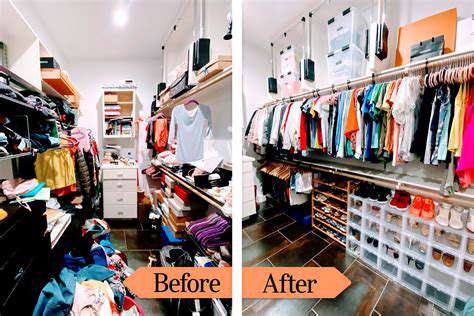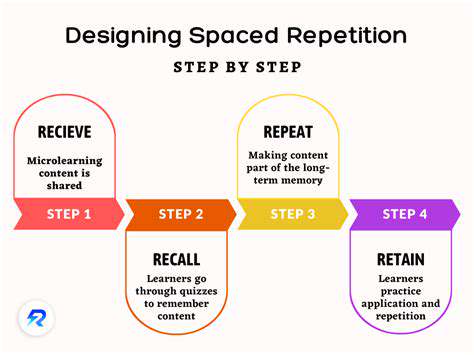Decluttering Your Wardrobe: A Step by Step Guide

Defining Categorization
Grouping similar items together forms the backbone of any organizational system. When we sort our clothes by type, color, or season, we're applying principles used in libraries, museums, and even digital databases. This systematic approach transforms chaos into order, making daily outfit selection effortless. Imagine opening your closet to instantly find all your work shirts together, casual tees in another section, and formal wear neatly arranged - that's the power of proper categorization.
Practical Sorting Methods
Different organizational styles work for different people. Some prefer color-coding their entire wardrobe, creating a visual rainbow effect. Others might sort by garment type, keeping all dresses together regardless of color. The most effective system is the one you'll actually maintain consistently. Consider these approaches:
- Seasonal rotation (store off-season items elsewhere)
- Frequency of use (daily wear front and center)
- Outfit coordination (grouping pieces that work together)
Creating Logical Systems
Your categorization should reflect how you actually dress. A fitness enthusiast might prioritize workout clothes, while an office worker needs quick access to professional attire. Think about your daily routine and build your system around it. Place frequently worn items at eye level, with special occasion pieces higher up or in separate sections.
Maintenance Matters
An organized closet requires regular upkeep. Set reminders to:
- Reassess your system quarterly
- Remove items you haven't worn in a year
- Adjust categories as your style evolves
Consistency is key - spending five minutes daily putting clothes back in their designated spots prevents major reorganizations later.
Making the Decisions: The Art of Letting Go

Emotional Attachment vs Practicality
We often keep clothes for sentimental reasons rather than actual use. That concert tee from 2010 or the dress you wore to a special event might be taking up valuable space. Ask yourself: If I saw this in a store today, would I buy it again? This simple question helps separate emotional value from practical utility.
The One-Year Rule
A practical guideline for decluttering: if you haven't worn an item in the past year, it's probably safe to let it go. Exceptions include:
- Formal wear for rare occasions
- Seasonal items in good condition
- Sentimental pieces you'll actually preserve
Be honest with yourself - keeping things just in case often leads to overcrowded closets.
Donation Strategies
When removing items, consider these options:
- Local charities accepting clothing donations
- Clothing swap parties with friends
- Online resale platforms for quality pieces
Knowing your unwanted clothes will have a second life makes parting with them easier.
Maintaining Your Decluttered Closet: A Sustainable Approach
The One-In, One-Out Rule
To prevent clutter from creeping back, adopt this simple principle: for every new item you bring into your closet, remove one. This maintains equilibrium and forces conscious consideration of each purchase. You'll find yourself making more intentional buying decisions when you know each addition requires a subtraction.
Smart Storage Solutions
Maximize your space with these ideas:
- Velvet hangers (slim profile prevents slipping)
- Clear bins for seasonal storage
- Over-the-door organizers for accessories
- Drawer dividers for small items
Proper storage not only saves space but also protects your clothing investment.
Seasonal Refreshes
Twice yearly (spring and fall), conduct a thorough closet review:
- Remove everything
- Clean the space thoroughly
- Re-evaluate each piece
- Reorganize with current needs in mind
This biannual reset keeps your wardrobe aligned with your lifestyle and prevents accumulation of unused items.


![Guide to Learning [Specific Software, e.g., Excel]](/static/images/31/2025-04/CreatingandFormattingCharts3AVisualizingYourData.jpg)


